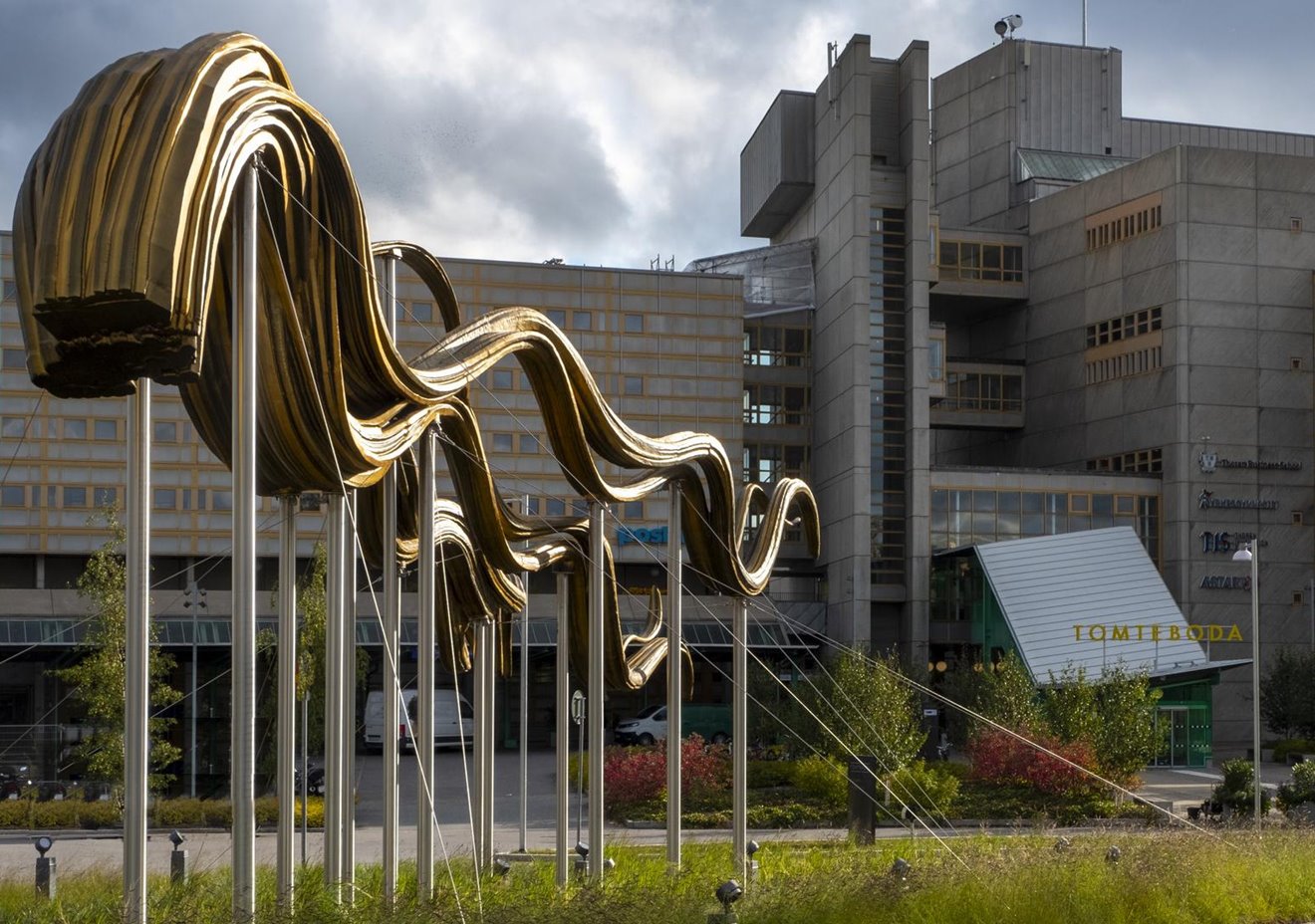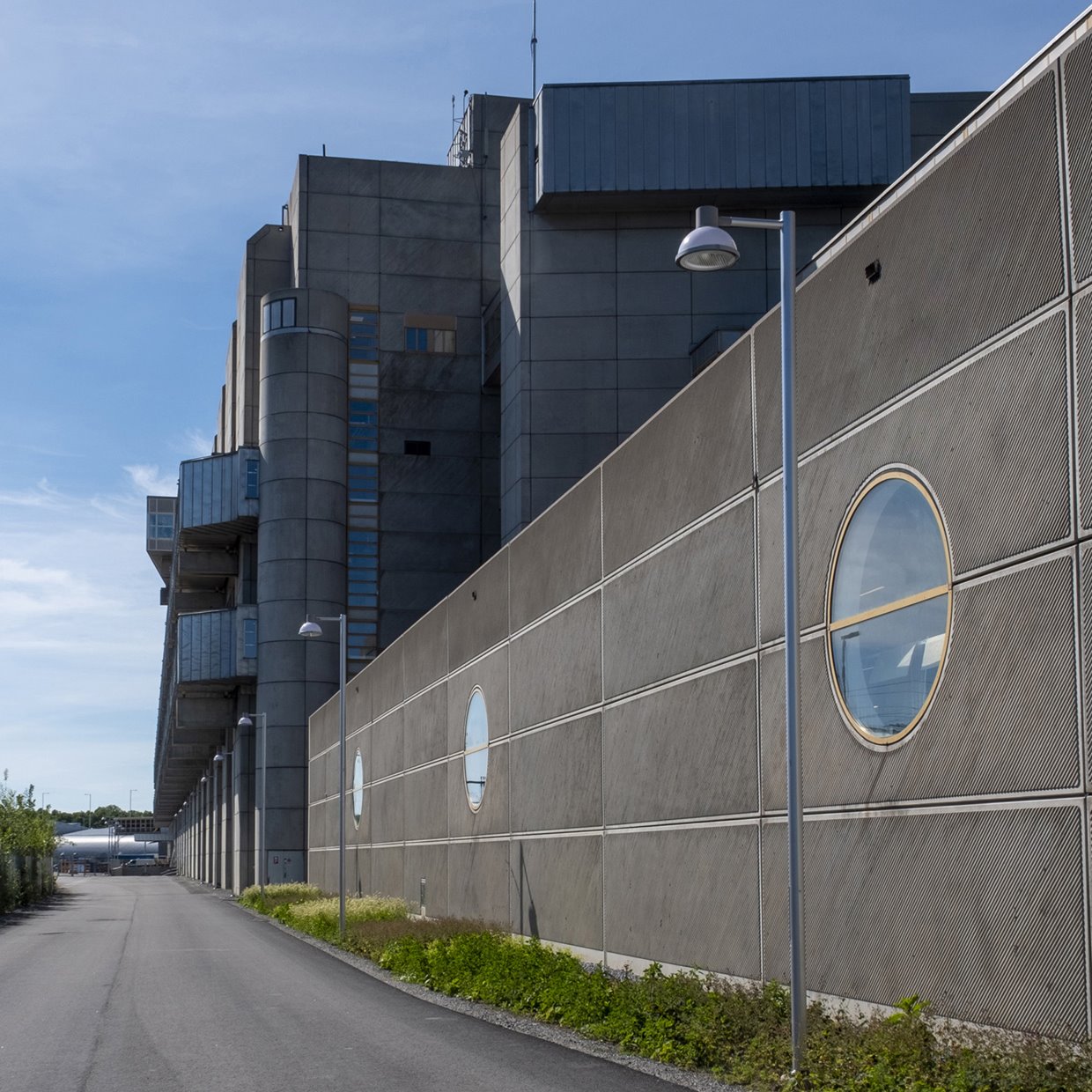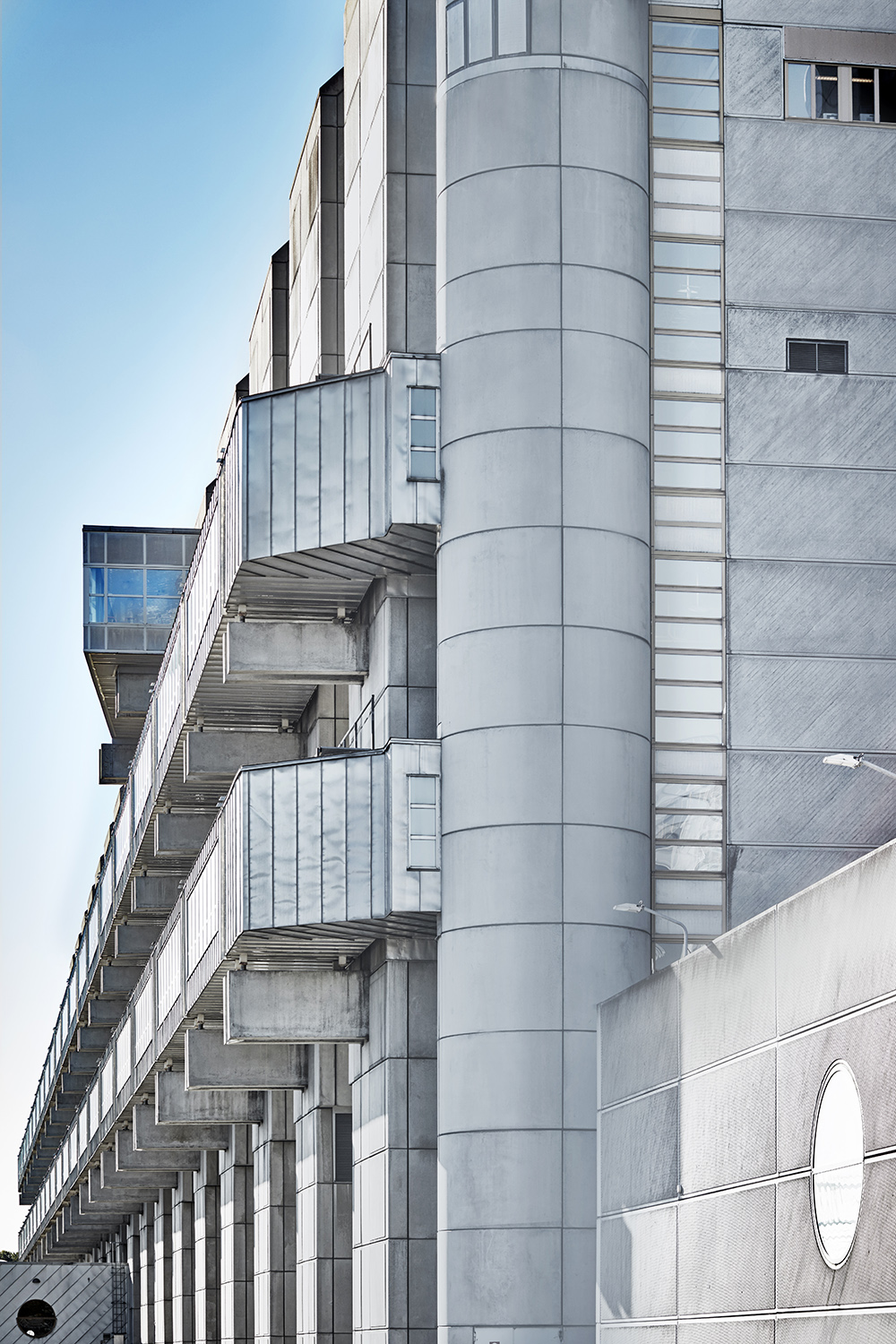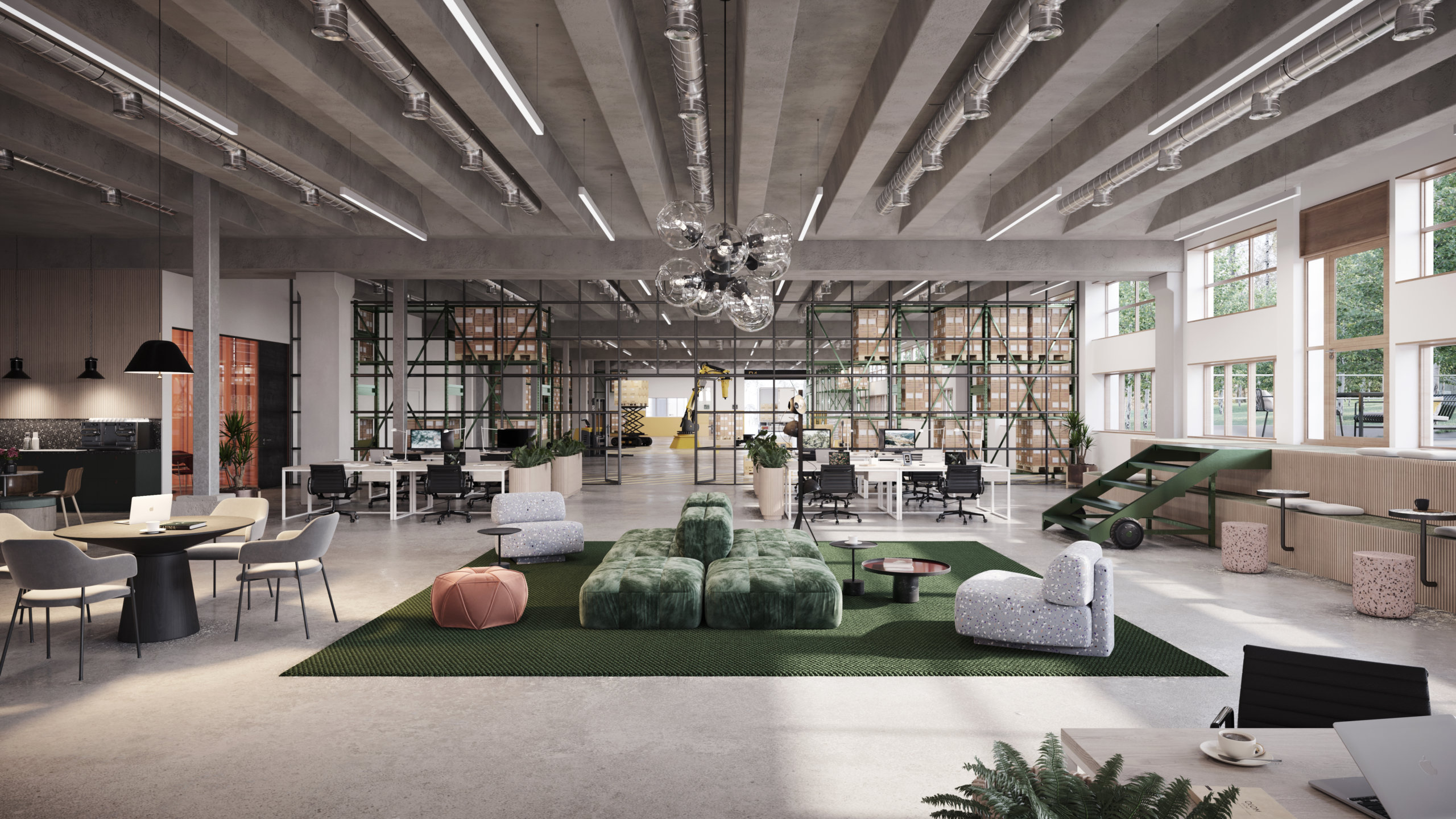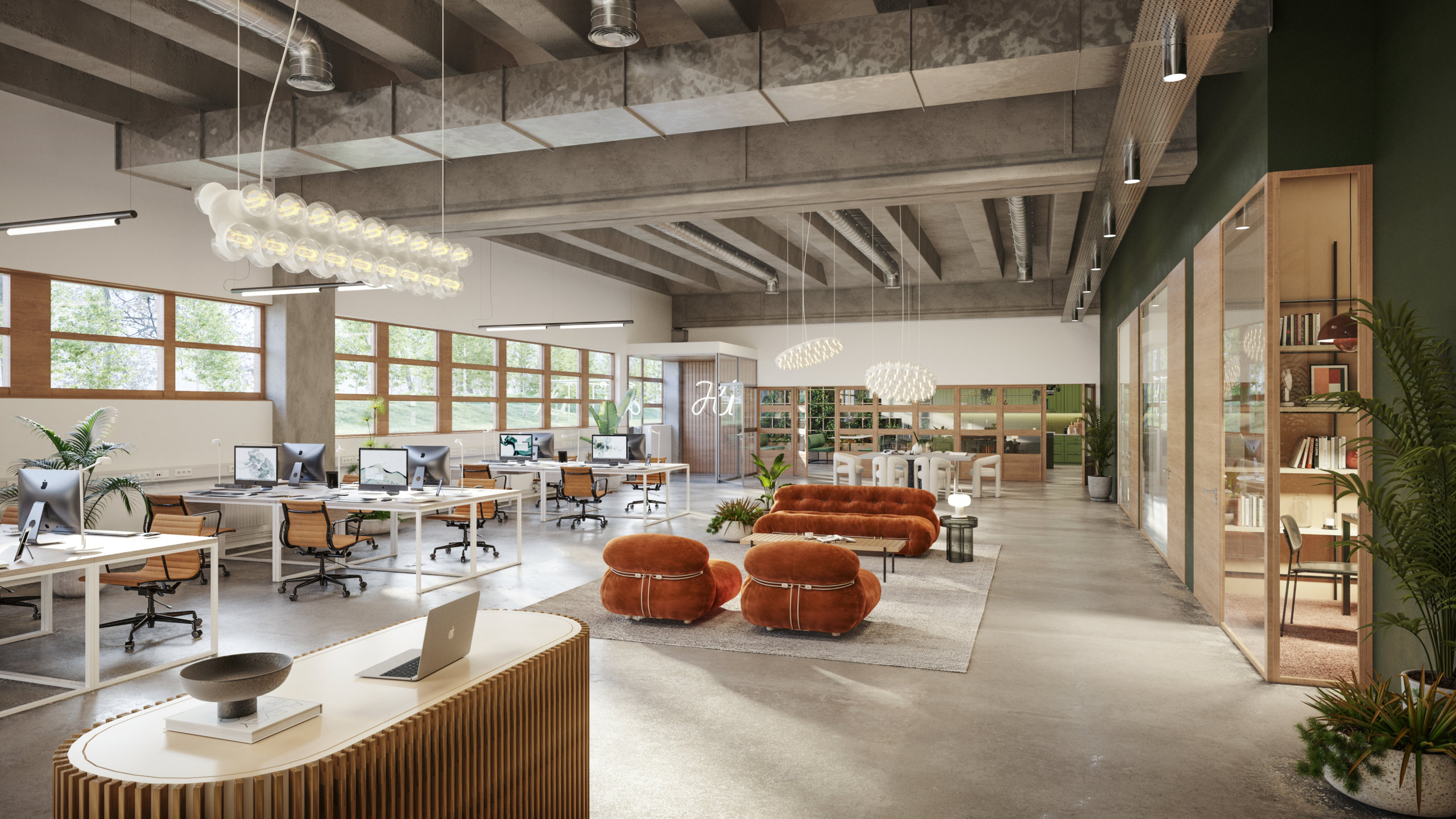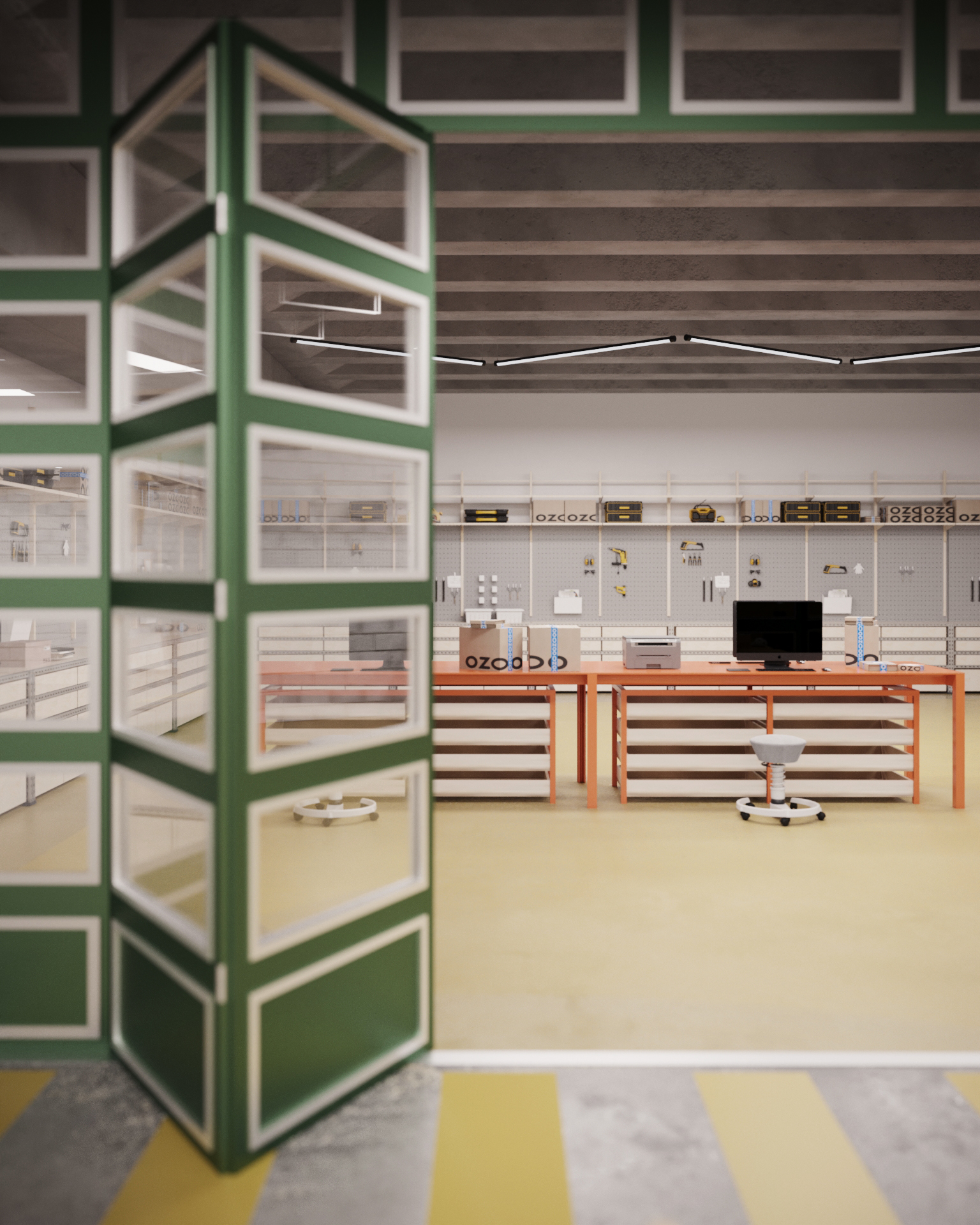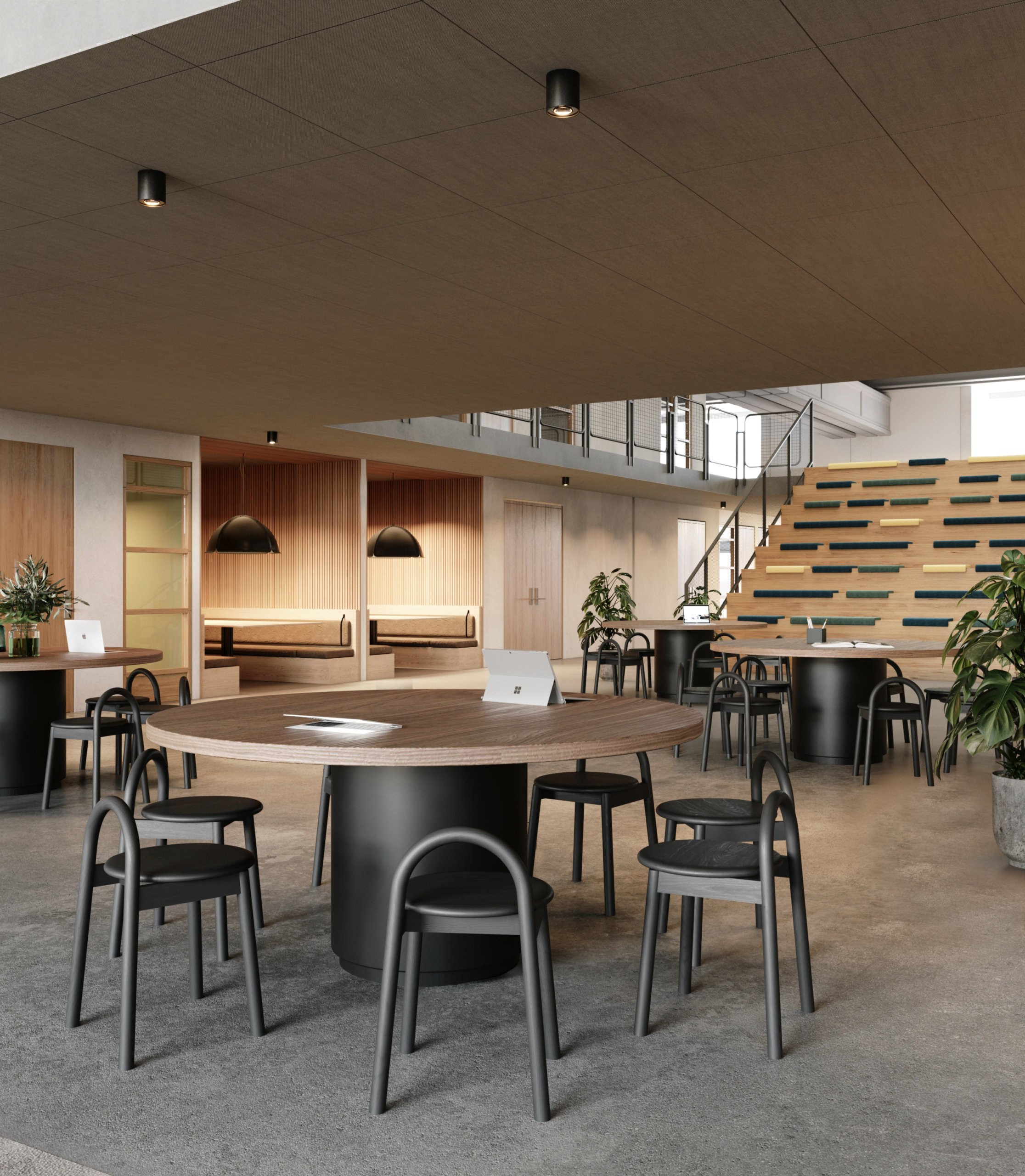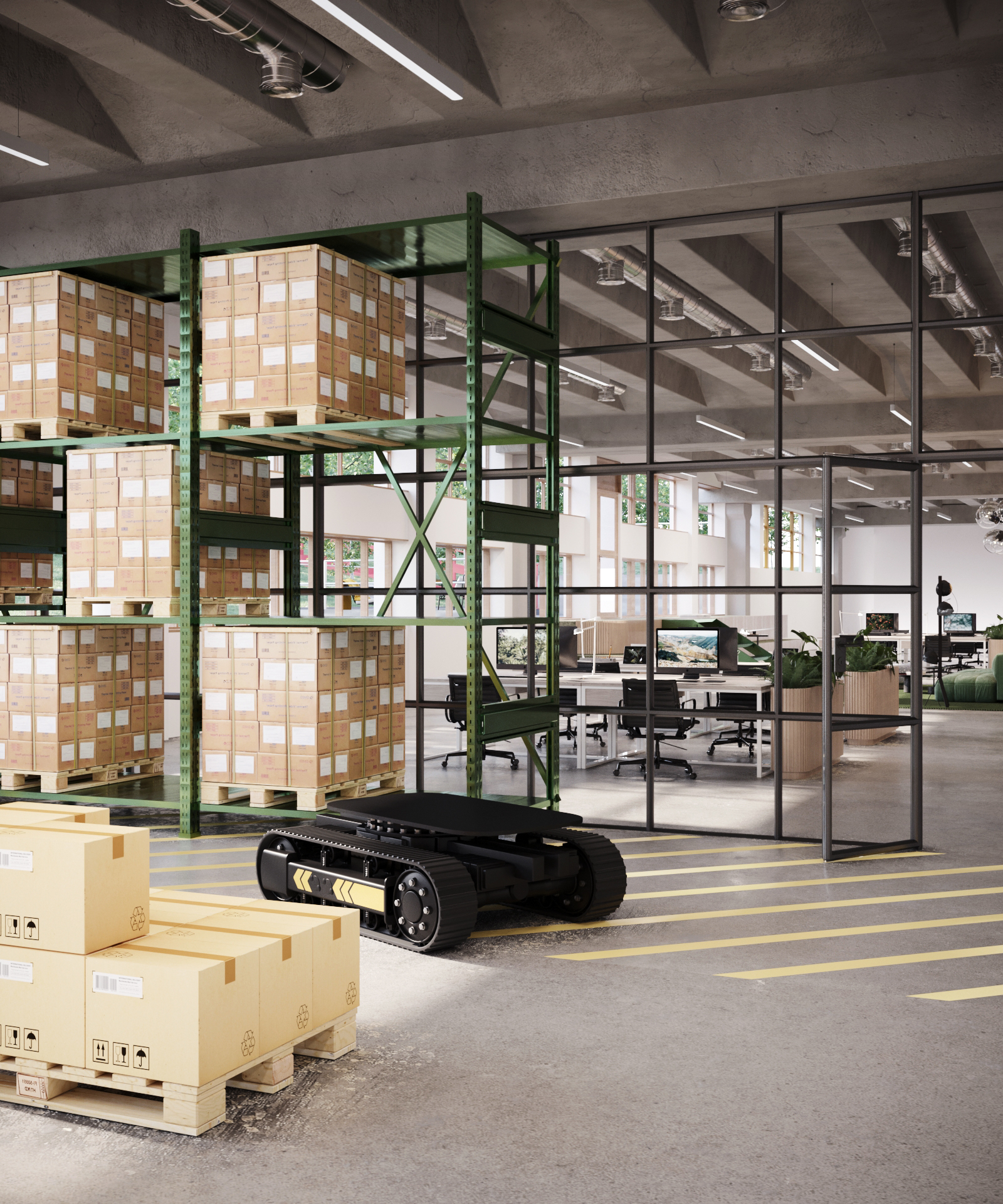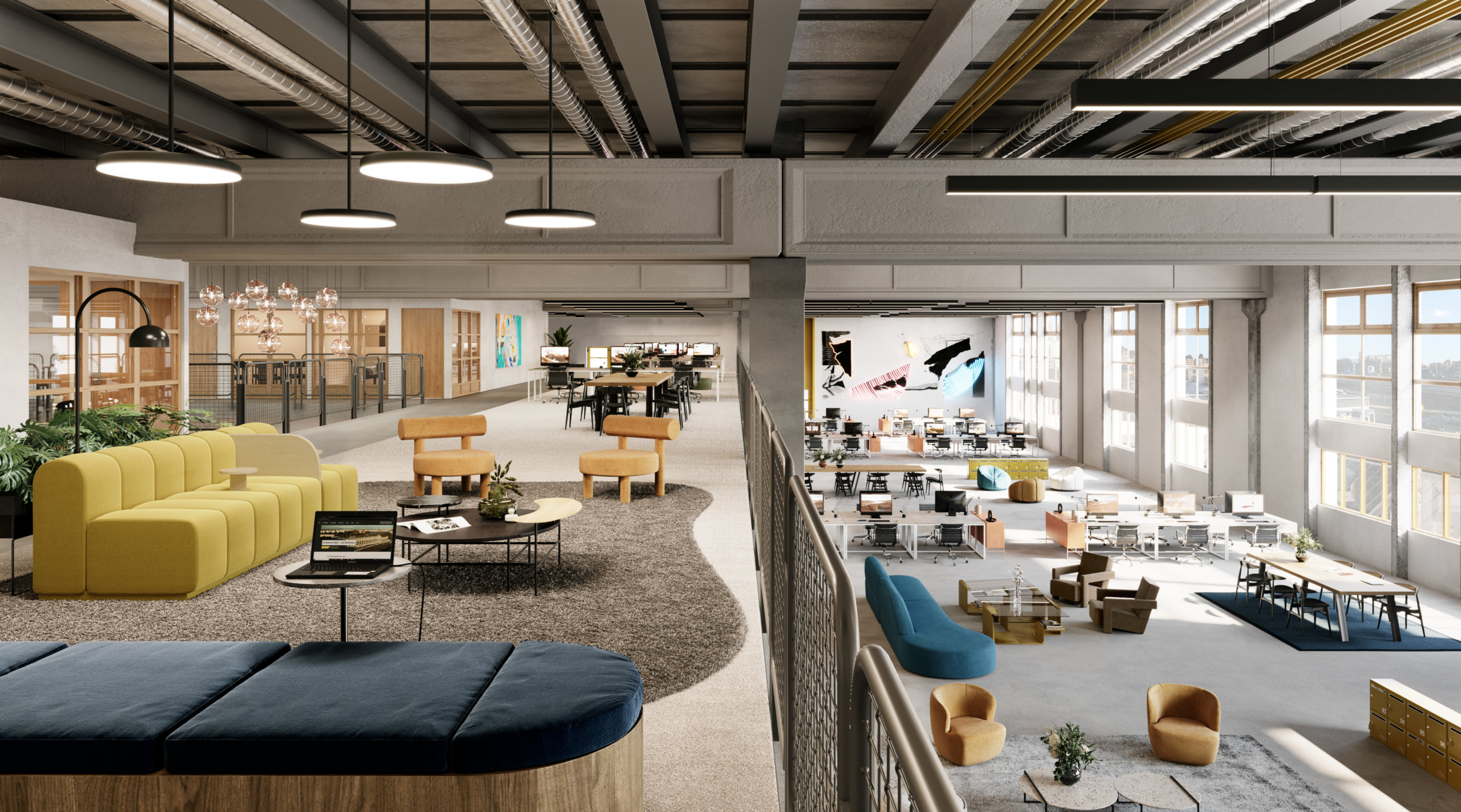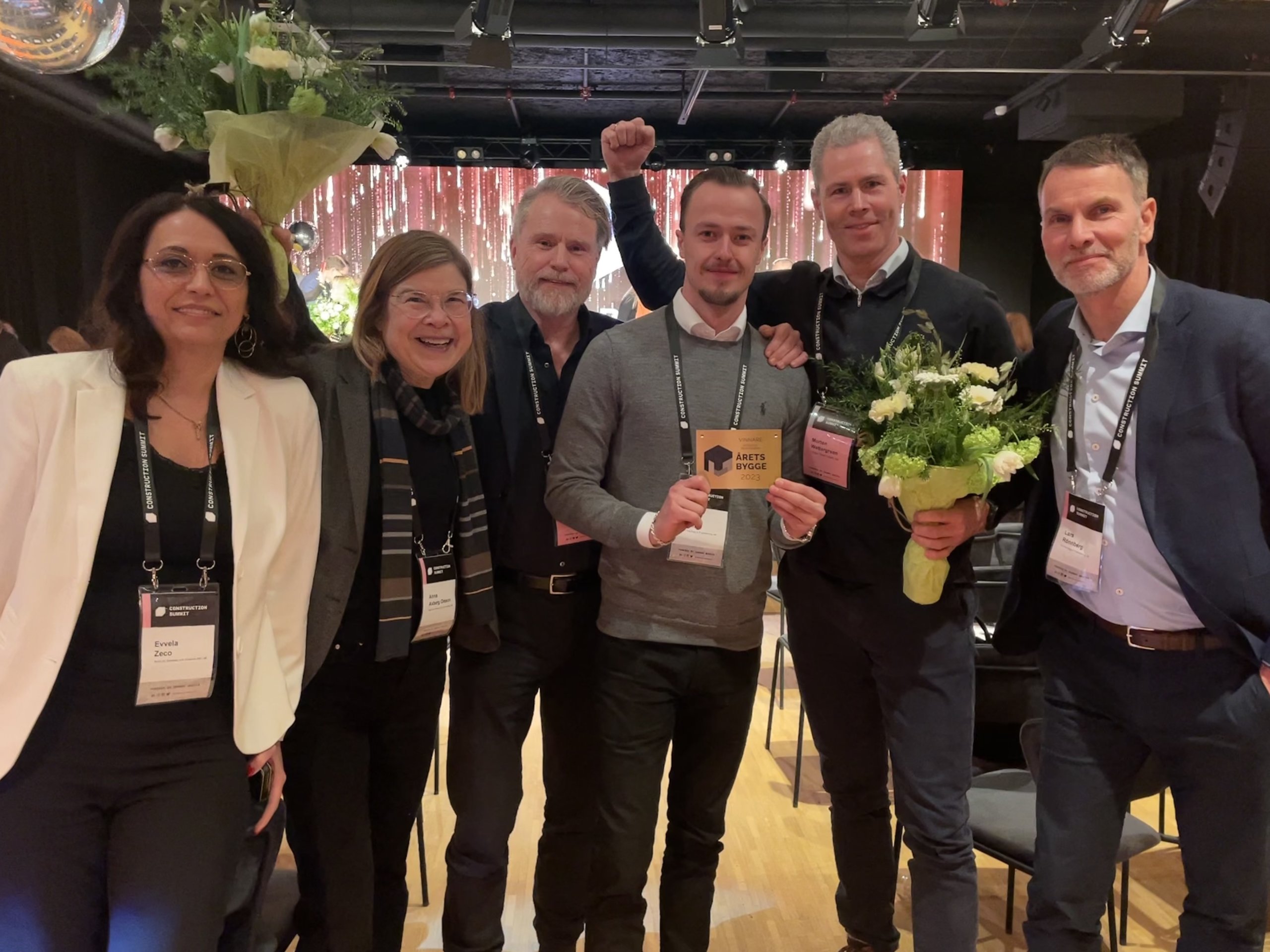WtR Conversations: Morten Wettergren
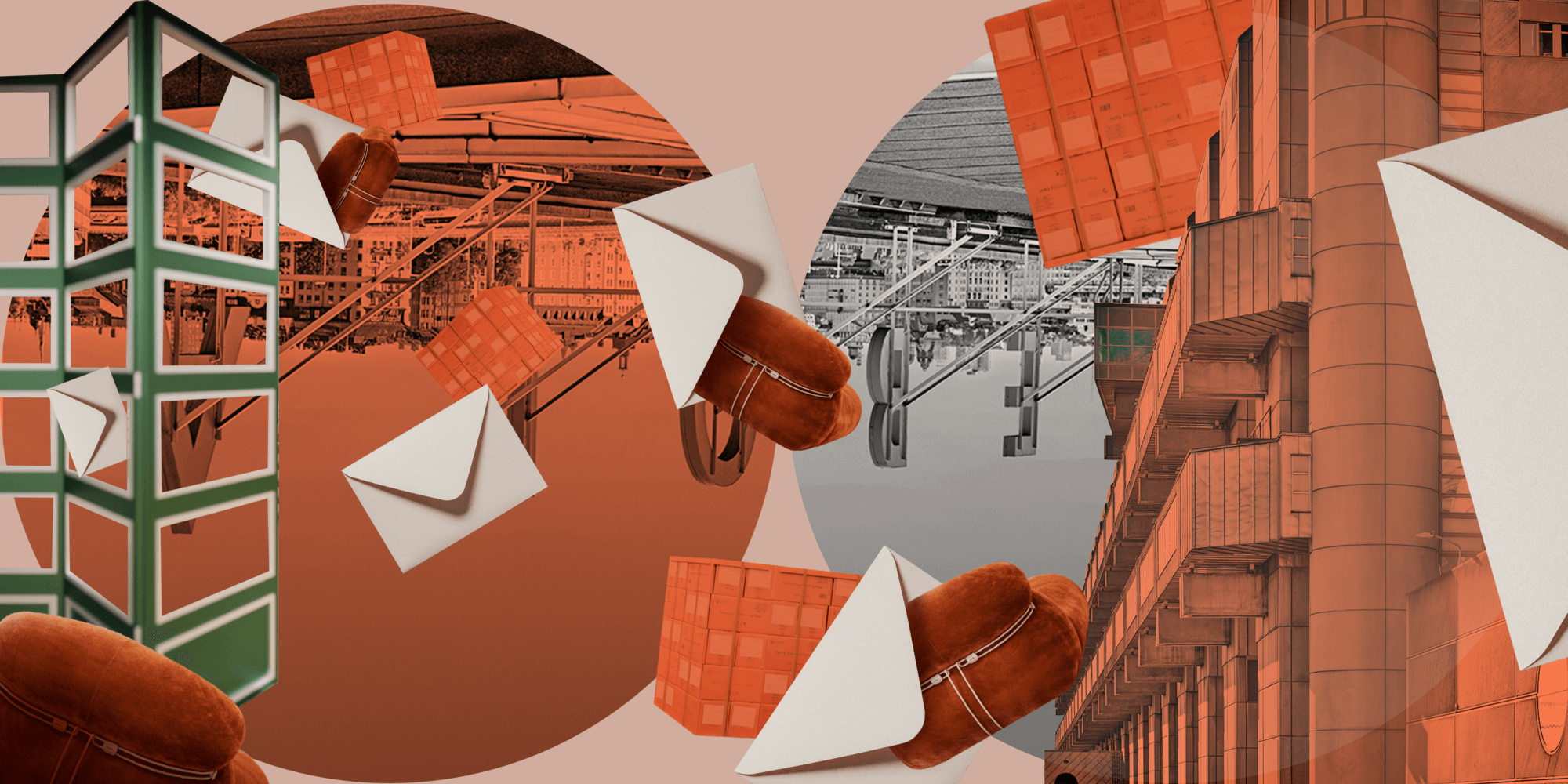
WtR Conversations: Morten Wettergren
Morten, tell us a little bit about Tomteboda
It’s really a gigantic building, 100 000 SQM (1 070 000 SQF). The facade is 400 meters long, and I think we have Europe’s longest corridors running alongside it. It’s unique in many ways, but one of the things that stands out is the massive structure, you simply don’t build like this any more. Then there’s the arts program. Introducing art in an industrial setting was unheard of at the time, and is still very uncommon. In June 2022 we added Ebba Bohlin’s spectacular artwork “Dispersal routes” to the collection, situated in the roundabout enteringing the main building. It’s eight meters high and 15 meters long. Everything is big when it comes to Tomteboda!
Photos by Anders Roth.
How did Obligo come to acquire the building?
It’s an icon! We acquired it in 2007, through a fund structure. Back then PostNord was the sole tenant, and a very stable one at that. Just 4 years later they announced that they were moving out and in 2015 we found ourselves with 100 000 SQM to fill. The news came as quite a shock to us, and the bank that financed the acquisition, as it changed the valuation of the building considerably. Unfortunately PostNord hadn’t been given the clearance to open a new exit from the highway and felt forced to move elsewhere. We’re very happy to have parts of their operation back now though!
Going back to the roots, what was the original intention behind Tomteboda?
Tomteboda was inaugurated in 1983. At the time it was the world’s most advanced postal facility. It was designed in the spirit of Corbusier’s philosophy of buildings as machines for living and working in. The architect behind it was Rosenberg & Stål Arkitektkontor, led by architect Gustaf Rosenberg. They successfully blended functionality with attention to every last detail, resulting in an iconic piece of modern architecture.
As much as I don’t want to think about it, that was 40 years ago. What’s happened since then?
Nothing lasts forever, and as amazing as Tomteboda may have been in the 80s, if you don’t evolve with your time, you will eventually become outdated and that’s what happened. In the 90s, Tomteboda suddenly wasn’t so modern anymore. The privatization of the postal service exposed it to competition, and the digital revolution was just beginning to take hold. People were sending fewer and fewer letters, and Tomteboda struggled to meet the changing demands. There were even thoughts of leveling the building. But a drastic measure like that wasn’t reasonable from any perspective, especially not from an environmental stand-point.
How did you start the reinvention of Tomteboda?
The solution was not immediately clear when we realized that Tomteboda needed a new purpose. But after sitting down with a diverse project team to review our options, we quickly understood that the building offered a level of flexibility and functionality that other structures in the area simply couldn’t match. Tomteboda’s unique construction allowed us to essentially rip everything out and recreate it to suit new tenants.
Fairly quickly we signed a lease with SL (Stockholms Public Transportation company) for 25 years. The bottom floor was the perfect location for Stockholm’s public buses, and with such a strong foundation, our confidence grew. We knew the type of tenants we should be targeting. At the time, rents in the city center were on the rise and many governmental departments and companies were looking for alternatives. Being located just 5 minutes away from central Stockholm, we were in a golden position and were happy to welcome MSB (The Swedish Civil Contingencies Agency) to Tomteboda in 2019.
Bringing a vision of this scale to life required the involvement of countless individuals, each playing a critical role in achieving the results we have today. Walk the Room joined us in early workshops and collaborated with us and the architects to discuss which details to preserve and how to uphold the original intention while reinventing it for a new era.
Can you give us an example of details that make Tomteboda so iconic?
We actually wrote a whole book together with one of the original architects, historians, people working here in the 80s and many more, to honor the legacy of the building. Apart from the structure itself, a custom color palette with a signature orange-yellow, a green, and two blues was developed for Tomteboda. As you can see, the original color scheme is still here, and it was a vital part of the interior design and the visualizations. We also focused on highlighting the industrial elements of the building, concrete can be really beautiful when treated properly.
A challenging catch
Finding the right tenant for the old Train Hall proved to be a tricky task. For a long time, we had hoped that the building would once again serve as a train depot, but eventually we had to accept that this was not meant to be. Eventually Northvault, a battery manufacturer and Valneva, a vaccine company, expressed interest in the space and today they share the building. Valnevas operations are subject to extremely strict regulations, and the facility they have built is truly impressive!
What are you working on at the moment?
Honestly, we’re in a bit of a luxury position right now – we’re not actively seeking new tenants. Instead, we’re more focused on keeping some space available for our current tenants in case they need to expand. There is one piece of the puzzle that’s still missing, though – we’d love to find an arts association. It’s been such an important part of the Tomteboda’s history, and we think it’s important to keep that spirit alive.
Finally, congratulations on winning Building of the year! We’re guessing that the feat of reducing the energy consumption from 12,000MWh to 3,000MWh had something to do with it?
Thank you! We put as many solar cells on the ceiling as we were able to, a major factor in achieving these results. I think this project demonstrates that it is possible to take what we have and elevate it to house new functions. A large number of actors and specialists have collaborated closely, with great consideration, to transform this robust construction into a modern reference project. Everyone has been eager to explore new solutions which has resulted in a building that will last far into the future. We’re extremely proud of the recognition and award.
To read more about Tomteboda, visit: https://tomteboda.se/

